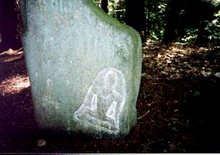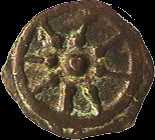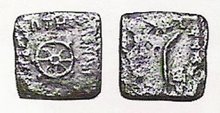Sad, but true. Today a friend and I were sitting in an outdoor coffee shop and the fellow next to us was talking about teaching critical thinking - in the department of psychology - in a state university and how the intervention of god (he did not specifically state which one) was going to save us from the gulf oil spill. My head exploded.
Any person who has studied psychology knows about Carl Jung and "Man and his Symbols." Jung is a friend of critical thinking and an enemy of tyranny.
And the gods are symbols. Few have a problem with another culture's god or gods being merely symbolic. Many have a problem with their god being reduced symbolically.
Add the 'god spot' and you have entered the twilight zone of critical thinking. A religious experience, it turns out, is not unlike an epileptic seizure of the brain's frontal lobe. Dr. Vilayanur Ramachandran has explained this epiphonic detail for years, backing off recently as the rabid Xtian Taliban has been prolifically foaming at the mouth.
Biblical Criticism looks at the bible through the eyes of critical thinkers.
Who Killed Goliath in Your Bible?
The 'other guy' is revealed in II Sam. 21:19.
KJV - Queen James Bible (1611): "Elhanan...slew the brother of Goliath."
RV - Revised Version (1881): "Elhanan...slew Goliath the Gittite."
ASV - American Standard Version (1901): "Elhanan...slew Goliath the Gittite."
NWT - New World Translation (1961): "Elhanan...got to strike down Goliath."
NASV - New American Standard Version (1970): "Elhanan...killed Goliath of Gath."
NEB - New English Bible (1970): "Elhanan...killed Goliath of Gath."
LB - Living Bible (1971): "Elhanan...killed the brother of Goliath."
GNB - Good News Bible (1976): "Elhanan...killed Goliath from Gath."
NIV - New International Version (1978): "Elhanan...killed Goliath the Gittite."
19 "In another battle with the Philistines at Gob, Elhanan son of Jaare-Oregim the Bethlehemite killed Goliath the Gittite, who had a spear with a shaft like a weaver's rod."
The New International Version (NIV) is a translation made by more than one hundred scholars working from the best available ancient Hebrew, Aramaic, and Greek texts. In 1967, the New York Bible Society (now International Bible Society) provided the financial sponsorship for this scholarly project. The translation of each book was assigned to a team of respected scholars, and their work was subsequently thoroughly reviewed by three additional and separate committees. Translations were tested for accuracy, clarity, and ease of reading. No other translation passed this thorough process of review. The NIV is thus an Accurate, Beautiful, Clear, and Dignified Scholarly Translation suitable for public and private reading, studying, teaching, learning, and liturgical use. The translators were united in their commitment to the faithful communication of the meaning of the original ancient writers. Modifications in sentence structure (resulting in a "thought-for-thought" translation) and constant regard for the contextual meanings of words was maintained.
Saturday, May 22, 2010
Subscribe to:
Post Comments (Atom)








No comments:
Post a Comment